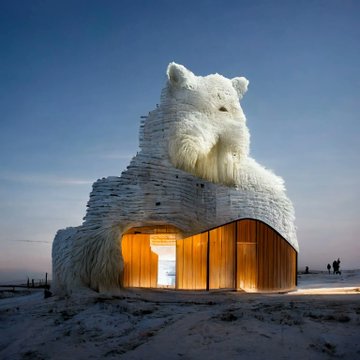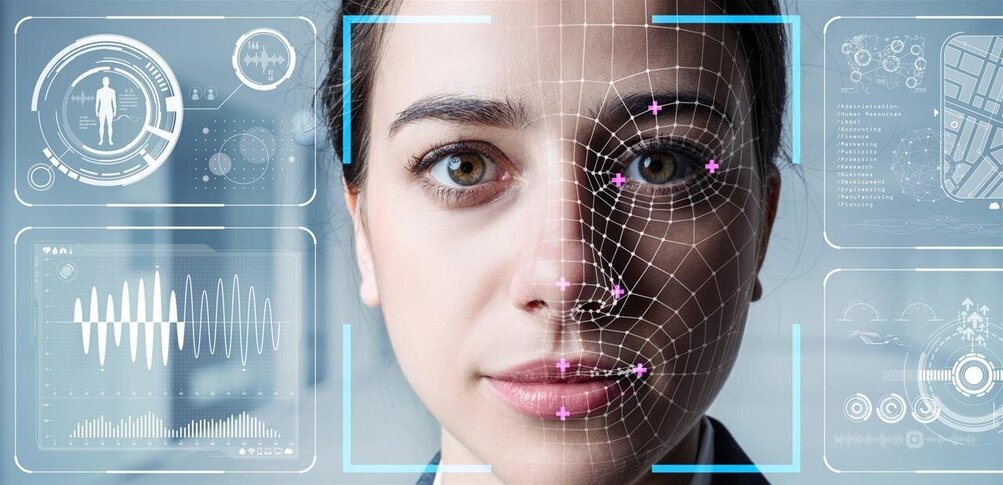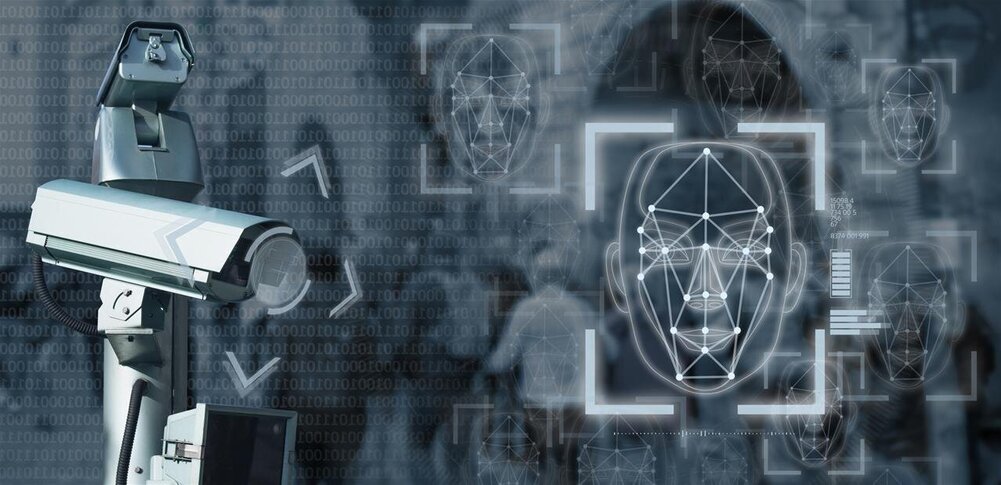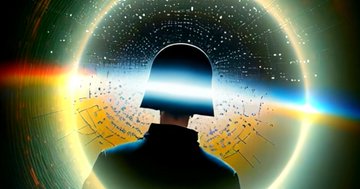There is a new craze in town. Recently, designers have been typing prompts into a diffusion-based artificial intelligence (AI) platform and waiting for images of never-before-seen buildings, logos, products, and more to materialize within seconds. Platforms like Midjourney are built on data sets of billions of existing images scraped from the web. In this vast library, you will find pictures of buildings, birds, balloons, and beaks, so if a building in the shape of a bird with a beak made of balloons is something you are looking for, type it in and Midjourney will deliver. But beware—it’s addictive. In less than a month of using AI, I have created 11,515 images.
Midjourney (or DALL-E 2, Disco Diffusion, Imagen—there are many versions and more coming) is a text-to-image AI. In lay terms, it’s a web-based platform accessed through Discord (think: chat room) in which you type “/imagine” followed by a prompt, which is a description of what you would like the AI to create. Your imagination is the limit. For example: “/imagine a small house made of dinosaur fossils.” Hit return and the AI analyzes your prompt, searches through its database to find images to pair with your text, and then constructs four completely original images from a random pattern of dots. You have the option to upscale (add resolution) and vary any or all of the four images or run through a new iteration of your prompt.
Mots-clés : cybersécurité, sécurité informatique, protection des données, menaces cybernétiques, veille cyber, analyse de vulnérabilités, sécurité des réseaux, cyberattaques, conformité RGPD, NIS2, DORA, PCIDSS, DEVSECOPS, eSANTE, intelligence artificielle, IA en cybersécurité, apprentissage automatique, deep learning, algorithmes de sécurité, détection des anomalies, systèmes intelligents, automatisation de la sécurité, IA pour la prévention des cyberattaques.






